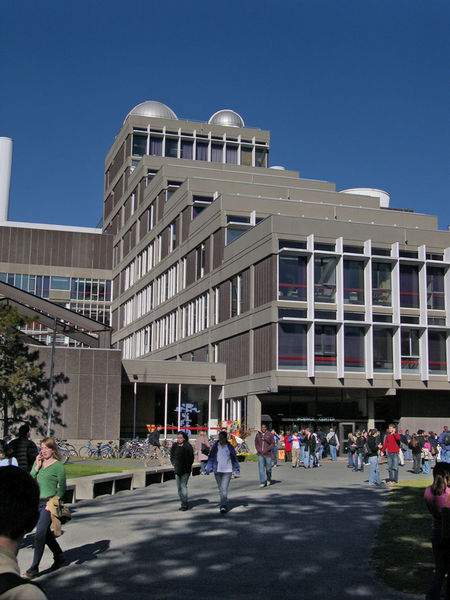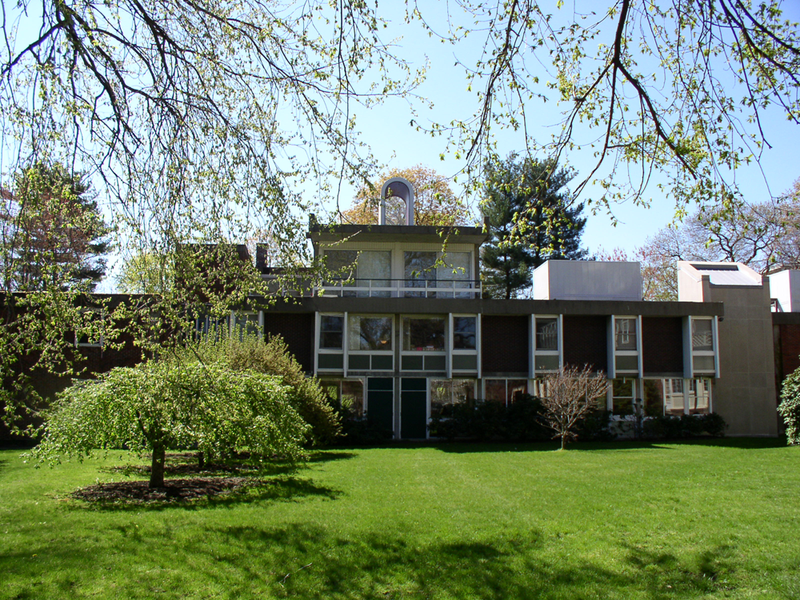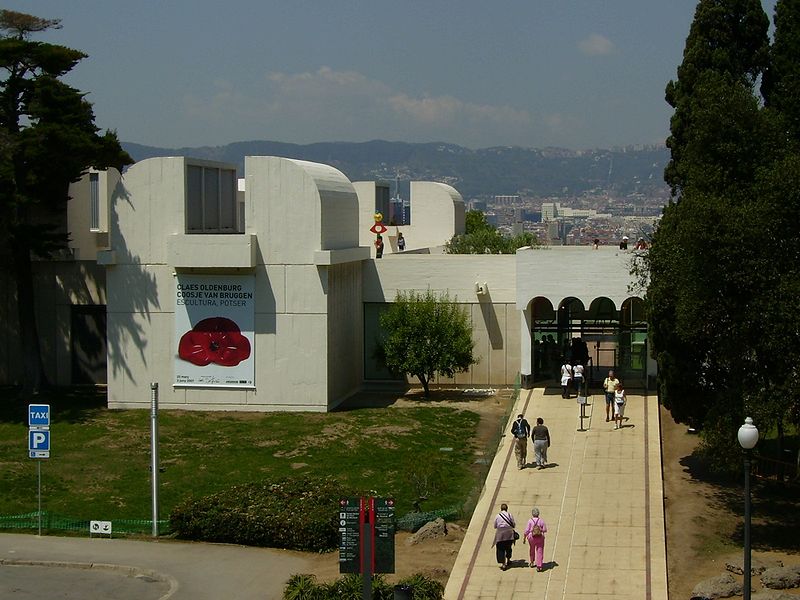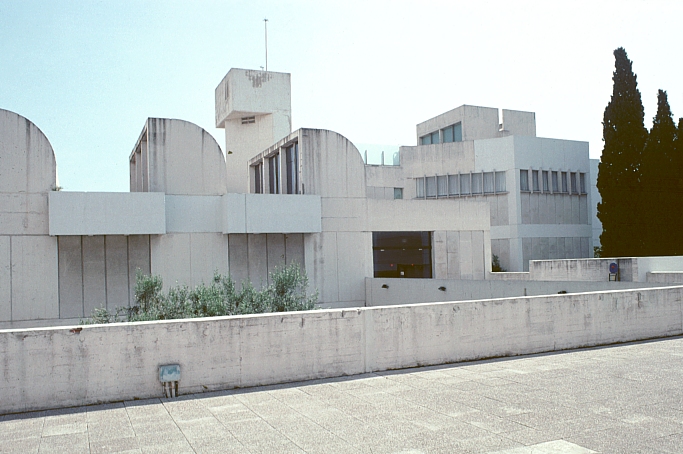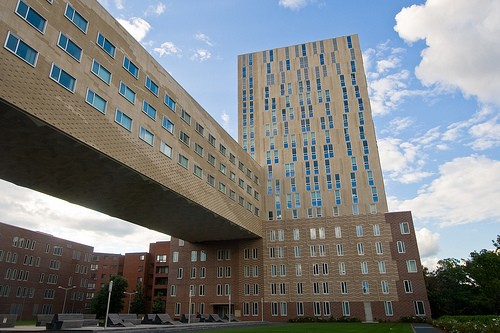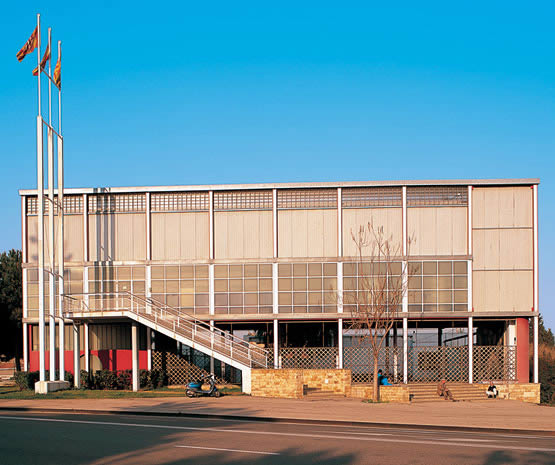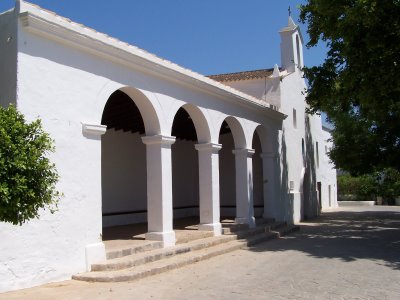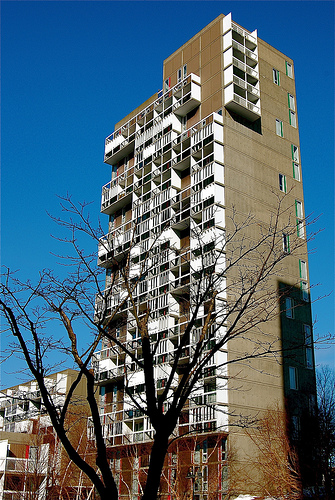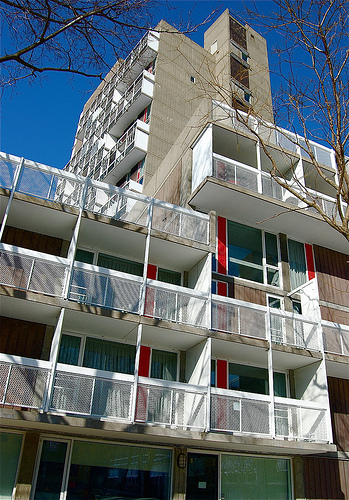<Back to Index>
- Physician Ignác Fülöp Semmelweis, 1818
- Architect Josep Lluís Sert i López, 1902
- King of Denmark, Norway and Sweden Christian II, 1481
PAGE SPONSOR

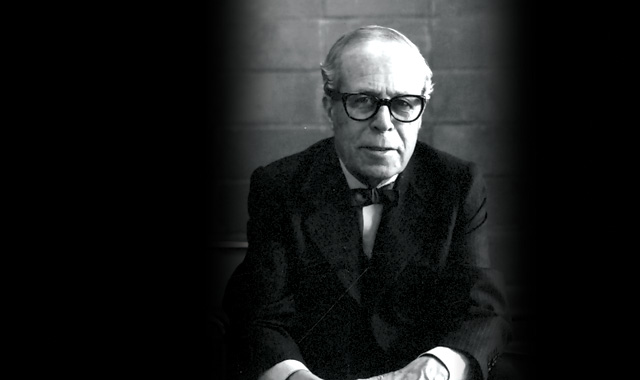
Josep Lluís Sert i López (1902 in Barcelona — March 15, 1983 in Barcelona) was a Spanish Catalan architect and city planner.
Born in Barcelona, he showed keen interest in the works of his painter uncle Josep Maria Sert and of Gaudí. He studied architecture at the Escola Superior d'Arquitectura in Barcelona and set up his own studio in 1929. That same year he shifted to Paris, in response to an invitation from Le Corbusier to work for him (without payment). Returning to Barcelona in 1930, he continued his practice there until 1937. During the 1930s, he co-founded the group GATCPAC (Grup d'Artistes i Tècnics Catalans per al Progrés de l'Arquitectura Contemporània, i.e. Group of Catalan Artists and Technicians for the Progress of Contemporary Architecture), which later became, with the addition of the western and north groups, the GATEPAC (Grupo de Artistas y Técnicos Españoles para el Progreso de l'Arquitectura Contemporánea), which was in turn the Spanish branch of the Congrès International d'Architecture Moderne (CIAM). Some time later, he became President of CIAM (1947 – 56). He created several outstanding pieces of modern architecture during this period, such as the weekend house at Garraf, Catalonia, Spain (1935), the Central Dispensary of Barcelona (1935) and the Master Plan for the City of Barcelona (1933 – 35). From 1937 through 1939 he lived in Paris, where he designed the Spanish Republic's pavilion at the World's Fair, the Paris Exposition of 1937. The Spanish Pavilion was built right beside the Nazi Germany Pavilion, while in Spain the Civil War was going on and the Nazis had just bombed the town of Guernica. For the artistic content of the building, Sert called on his Spanish artist friends Picasso, Miró, and Calder; Picasso's contribution was Guernica and became the focal attraction of Sert's design.
In 1939 Sert went into exile in New York City where he worked with the Town Planning Associates, carrying out numerous urban plans for cities in South America.
In 1952, Sert held a one year Visiting Professorship at Yale University. The following year he became Dean of the Harvard Graduate School of Design (1953 – 1969). There, he initiated the world's first degree program in urban design; integrated the programs of architecture, planning, landscape and urban design, and taught many of today's leading architects. During this period he served on the Advisory Board of the newly created Graham Foundation in Chicago, Illinois.
In 1955, Sert founded a studio in Cambridge, Massachusetts, which in 1958 became a partnership with Huson Jackson and Ronald Gourley. Joseph Zalewski was the Associate and continued to be in the firm Sert, Jackson and Associate founded in 1963. The studio designed many well known projects including the Maeght Foundation (1959 – 64) in southern France, the Fundació Miró (museum) in Barcelona (1975) and quite a few buildings for Harvard University, including Holyoke Center (1958 – 65), the Harvard Science Center (1969 – 72), Peabody Terrace (apartments, 1962 – 64), the Center for the Study of World Religions at the Harvard Divinity School, and other buildings in the vicinity, such as a complex at Boston University including its law school, student union, and main library (1960 – 65), and Sert's home in Cambridge, as well as the Eastwood and Westview apartments on Roosevelt Island, NYC (1976). In 1961 Sert brought Le Corbusier to the United States to design his first (and only) building there, the Carpenter Center for the Visual Arts at Harvard, and a gallery in the Carpenter Center is now named in Sert's honor.
Amongst Sert's students and colleagues in his studio were leading architects of America, Switzerland, Japan, India, Bolivia, Spain, France and Brazil.
